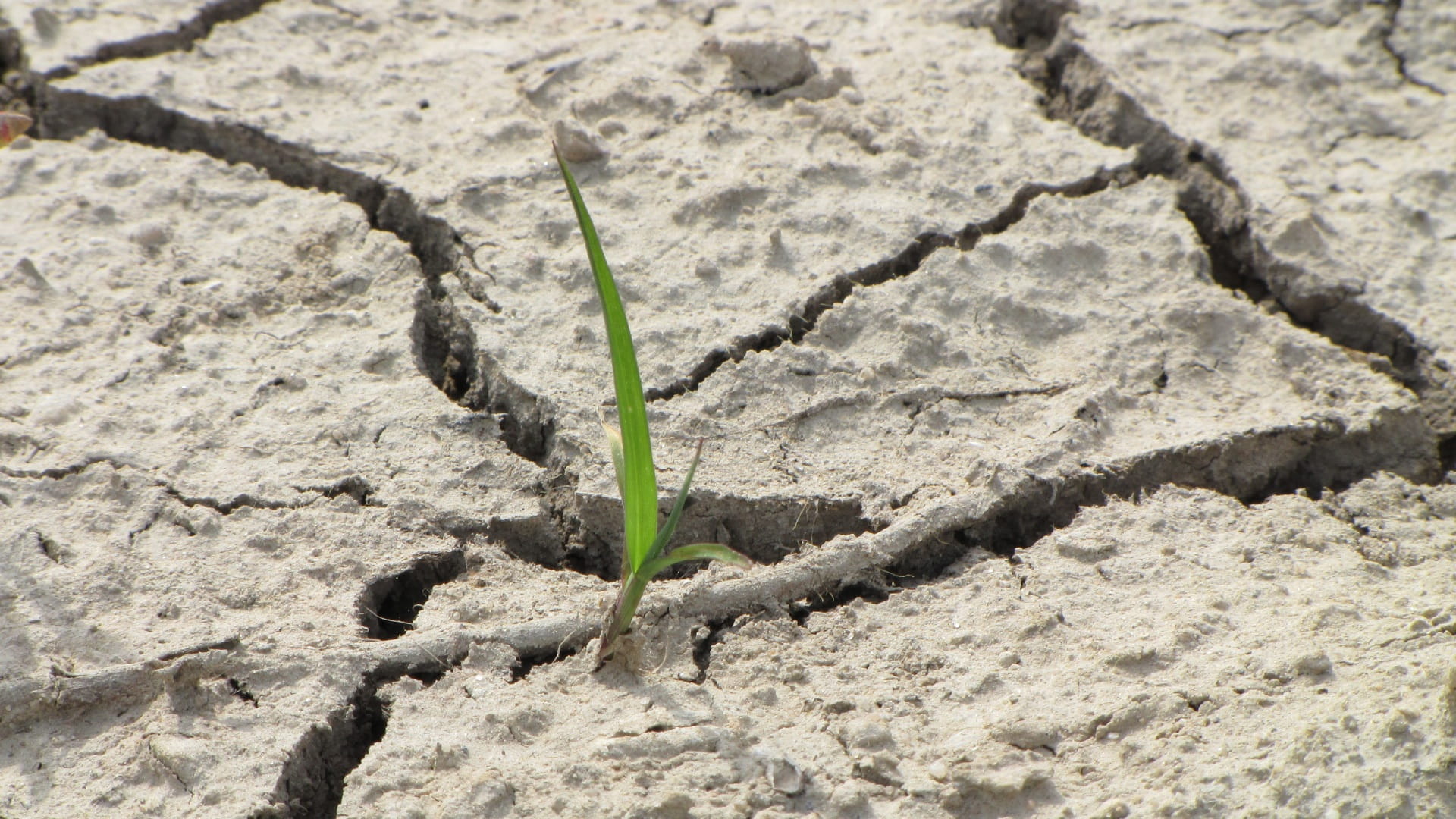The impact of trees and forests on drought
 We need a comprehensive understanding of the impact of forests on both flooding and drought. While forests and flooding issues are increasingly recognised, forests and drought often remain overlooked. To coincide with World Water Day, Owen Davies of the Forest Stewardship Council© with input from Forest Research, outlines key issues to consider.
We need a comprehensive understanding of the impact of forests on both flooding and drought. While forests and flooding issues are increasingly recognised, forests and drought often remain overlooked. To coincide with World Water Day, Owen Davies of the Forest Stewardship Council© with input from Forest Research, outlines key issues to consider.
Contents |
[edit] Introduction
Where and what type of trees should we plant to cope with drought most effectively?
With increasing flooding events in the UK, the benefits of planned tree planting to reduce flooding impact is now recognised. Evidence for this can be seen in the repeated calls for tree planting to help deal with floods in mainstream public debates.
However, trees and forests can also have a very significant impact on water availability during drought. With increasing likelihood of droughts in the UK as a result of climate change, everyone needs to be more aware of the role of trees in drought. Since inappropriate trees planted in inappropriate locations can exacerbate the effects of drought, civil engineers need to be more aware of these issues.
[edit] Trees and water loss
Trees increase demand on water both directly and indirectly. Directly, root uptake from the soil, and evaporation of rainfall from the forest canopy, both reduce the amount of water available for other uses.
But trees also lose water from the stomata on their leaves through the process of evapotranspiration. In addition, trees can moderate how much of this occurs depending on water availability.
During periods of ‘soil drying’, trees can close their stomata to reduce water loss through transpiration. However, these processes are also affected by the species and location of the trees. The changing climate, and increasing likelihood of drought in the UK, is another factor to consider.
The type of vegetation has an impact on water loss. For instance, for an area receiving an average of 1000mm of annual rainfall, annual evaporation is in the range 400-600mm for grass, 400-640mm for broadleaved trees, and 550-800mm for conifers. Windier locations also increase water loss from forests.
[edit] The UK Forestry Standard
So the suitability of any forest depends on multiple factors including the time of year and water availability, the species and the location of the trees. In order to derive optimal benefits from forests in the UK and to minimise unintended negative consequences, the government has an established UK Forestry Standard that sets out criteria that need to be considered for any new forest.
Key to note is the ‘water good forestry practice requirement 13’ that stipulates ‘Where new woodlands are proposed, the sensitivity of downstream water bodies and wetlands to a reduction in water quantity should be considered; where this is an issue, advice should be sought from the water regulatory authority and conservation agency’.
The UK Forestry Standard also summarises the interactions between dominant tree species and woodland location (pp. 184-185).
More details about these issues, and references for further reading, can be found in the ICE briefing sheet.
This article was originally published as 'World Water Day - The impact of trees and forests on drought' on the ICE Website on 22 March 2020. It was written by Owen Davies, Forest Stewardship Council.
--The Institution of Civil Engineers
[edit] Related articles on Designing Buildings Wiki
- Flooding.
- Mains water.
- Passive water efficiency measures.
- Rainwater harvesting.
- Shower vs bath.
- Sustainable urban drainage systems.
- Sustainable water.
- The State of the Environment: Water Resources.
- Trading systems for water resources.
- Types of water.
- Water engineering.
- Water investment.
- Water resources.
- Water transfers and interconnections.
- World Water Day.
Featured articles and news
RTPI leader to become new CIOB Chief Executive Officer
Dr Victoria Hills MRTPI, FICE to take over after Caroline Gumble’s departure.
Social and affordable housing, a long term plan for delivery
The “Delivering a Decade of Renewal for Social and Affordable Housing” strategy sets out future path.
A change to adoptive architecture
Effects of global weather warming on architectural detailing, material choice and human interaction.
The proposed publicly owned and backed subsidiary of Homes England, to facilitate new homes.
How big is the problem and what can we do to mitigate the effects?
Overheating guidance and tools for building designers
A number of cool guides to help with the heat.
The UK's Modern Industrial Strategy: A 10 year plan
Previous consultation criticism, current key elements and general support with some persisting reservations.
Building Safety Regulator reforms
New roles, new staff and a new fast track service pave the way for a single construction regulator.
Architectural Technologist CPDs and Communications
CIAT CPD… and how you can do it!
Cooling centres and cool spaces
Managing extreme heat in cities by directing the public to places for heat stress relief and water sources.
Winter gardens: A brief history and warm variations
Extending the season with glass in different forms and terms.
Restoring Great Yarmouth's Winter Gardens
Transforming one of the least sustainable constructions imaginable.
Construction Skills Mission Board launch sector drive
Newly formed government and industry collaboration set strategy for recruiting an additional 100,000 construction workers a year.
New Architects Code comes into effect in September 2025
ARB Architects Code of Conduct and Practice available with ongoing consultation regarding guidance.
Welsh Skills Body (Medr) launches ambitious plan
The new skills body brings together funding and regulation of tertiary education and research for the devolved nation.
Paul Gandy FCIOB announced as next CIOB President
Former Tilbury Douglas CEO takes helm.
UK Infrastructure: A 10 Year Strategy. In brief with reactions
With the National Infrastructure and Service Transformation Authority (NISTA).























